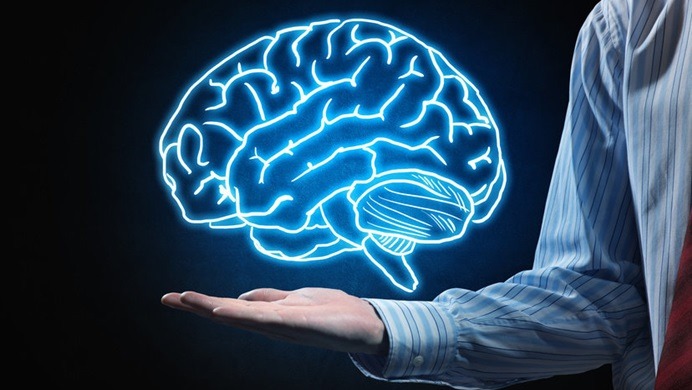International Mother Language Day History
An Indo-Aryan language on the eastern side of Bengali South Asia. Bengali language has emerged through Sanskrit, Pali and Prakrit languages.
Before Bangla in East Bengal, there is a language spoken by people of Bengal or Bengali region. This region is now a politically independent state of Bangladesh and the Indian state of West Bengal. Besides, Rohingya people of northern Myanmar also speak Bengali The mother tongue of nearly 200 million people is one of the most common languages in the world (according to the number of speakers, from fourth to seventh . Bengali is the main language of Bangla; Bangla second most spoken language in India. Assamese and Bengali are geographically the most pre-Indo-Iranian languages.
The Bengali language is one of the modern Indian languages that emerged from the various disintegrates of Central Indian Aryan languages, at the end of the first millennium of Christianity.
Some linguists have long believed that, before 500 AD, Bengal was born.
However, this language has not yet been a healthy form; At that time there were various written and etymological forms as well. For example, it is assumed that in the sixth century, Magadhi unfinished from Magadhi was born. This nonsense and Bangla were coexisting for a while.
History of Bengali language is usually divided into three categories:
Ancient Bengali (900/1000 AD - 1400 AD) - Written patterns include charyapada, devotional songs; I, you, the advent of an alias; Action-Ala, -eiba, etc. Oriya and Assamese have separated from Bengali in this episode.
Central Bengali (1400-1800 AD) - Important written discourses at this time; Srikrishnakrishna; At the end of the word "non" abolition of sound; Circulation of compounds; Persian effect Some linguists divide this age into the first and the last two.
Modern Bengali (from 1800 AD) - Conjunction of verb and pronouns .
Although Bangla language is historically more related to the Pali, the influence of Sanskrit language on Bengal during the modern Renaissance of Central Bengal (in the Chaitanya era) and Bengali literature has increased. In the modern Indo-European languages of South Asia, there are many Sanskrit words in Bengali and Marathi vocabulary; On the other hand, Hindi and other languages were influenced by Arabic and Persian.
Shaheed Minar of Dhaka built in memory of protesters to defend the Bengali language
Before the 18th century, no initiative has been taken to create grammar of Bangla. Portuguese Missionary Pedrimanal da Assuspassu Vocabolario em idioma Bengalla, e Portuguez wrote the first dictionary and grammar of Bengali language as dividido em duas partes; From 1734 to 1742 he wrote it while working in Bhawal. Nathaniel Brasi Halhad, an English orientalist, wrote a modern grammar in Bengali, (A Grammar of the Bangla Language (1778)), which was the first Bengali text to be published using the text of the printing press.
Among the Bengalis, King Rammohan Roy was the first grammar writer; His book is named "Grammar of the Bengali Language" (1832). During this time, the introduction of easy-to-use language from Sadhu language increased.
In 1951-52, Bangla language was the basis of the "language movement" organized in East Pakistan (now Bangladesh). Despite the majority of Pakistanis being Bangla speaking, only Urdu language was declared constitutionally state language. Language Movement started in protest.

























No comments:
Post a Comment